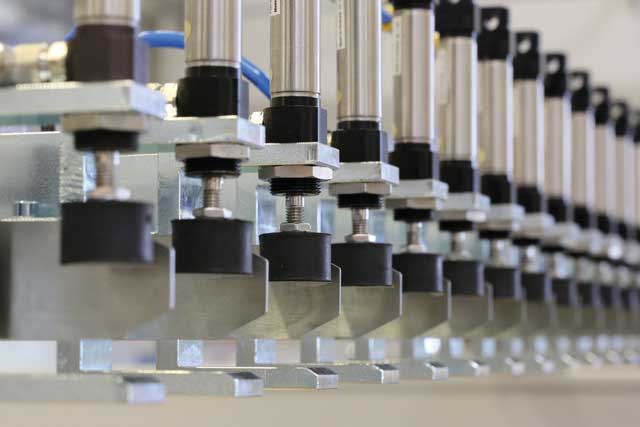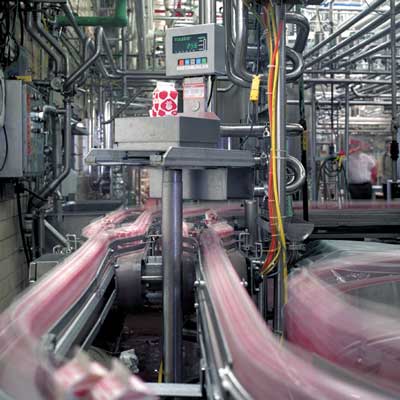
A poorly maintained compressed air system can become prone to leaks and breakdowns. Harry Vlap, Parker Hannifin product manager for industrial application products, explains the importance of scrutinising the demand side.
Compressed air systems have become critical to automation motion and control applications in almost every industry sector. In a well-designed and maintained system, compressed air can be accurately controlled and adjusted to meet the needs of different processes and machines. However, a neglected or poorly maintained system can become inefficient through leaks and other factors, resulting in breakdowns and costly downtime.
System wastage and cost
In a typical manufacturing plant, it is estimated that only around half the compressed air generated is used by the production processes for which it is provided. Up to 30% is lost in leaks, with another 15 to 20% consumed in non-manufacturing uses such as handheld blowguns for cleaning. The remaining air is accounted for by what is often termed “artificial demand”, caused by operating the system at excessively high pressure.
One way to tackle these inefficiencies is to use Parker’s Air Saver Unit, which employs pulsed air technology to produce high-speed on and off pulses, resulting in fewer tank recharging cycles. This can reduce air consumption by up to 50%.
Looking beyond leaks
Operators tend to consider air systems in relation to the direction the air flows, that is from the compressor to the item of pneumatically-operated equipment. However, it is important to understand that the demand side of any system determines what needs to happen on the supply side.

Stopping leaks is an obvious step to improve efficiency. A managed and effective leak identification and correction programme should be an integral part of any compressed air energy management regime. However, there are numerous other areas to address, which often only receive cursory attention.
After leaks, the next biggest potential improvements can be gained by reducing or eliminating inappropriate uses of compressed air and identifying and stopping the artificial demand caused by operating the system at excessive pressure.
Once a continuing leak detection programme has been introduced and the work to deal with inappropriate use and over-pressurising of the system is done, as the next step a reverse engineering approach to address inefficiencies can work well. This can identify a number of factors and allow them to be addressed. They include:
- Correct sizing of pneumatic piping and connections from the main header to the inlet of the equipment, to minimise pressure drop. Good design practices include minimising the number of angle fittings and connections, to allow an uninterrupted flow and reduce the opportunity for leaks and pressure drops.
- The use of appropriately sized air treatment components, such as filters, regulators and lubricators. This can also reduce the pressure drop.
- The proper use of reverse flow regulators and dual pressure circuits in automation applications using valves, cylinders and actuators can reduce air consumption while increasing efficiency. Most actuators, such as cylinders, perform work in one direction only, and the return stroke is merely for repositioning for the next cycle. Reverse flow regulators and dual pressure circuits make it possible to extend a cylinder at normal pressure, and then retract it at reduced pressure, which can result in significant energy savings.
- Appropriate control and regulation of air consumption devices such as air knives, pneumatic motors, diaphragm pumps and venturi-type vacuum generators. When operated in an unregulated or uncontrolled manner, these devices can be large consumers of high-pressure compressed air. Installing simple sensing circuits that turn the air off when the machine is idle or parts are not present can make significant savings.
- The design and adoption of directional control valves, with wear-compensated seal technology on the spools and solenoid-controlled pilot-operated technology instead of lapped-spool and sleeve design using direct-solenoid operators, can reduce energy consumption and increase reliability.
Demand side optimisation along these lines can make a significant difference to the efficiency of your system. Once the demand side is optimised, a similar review of the supply side should be undertaken – but that would require a separate article.


